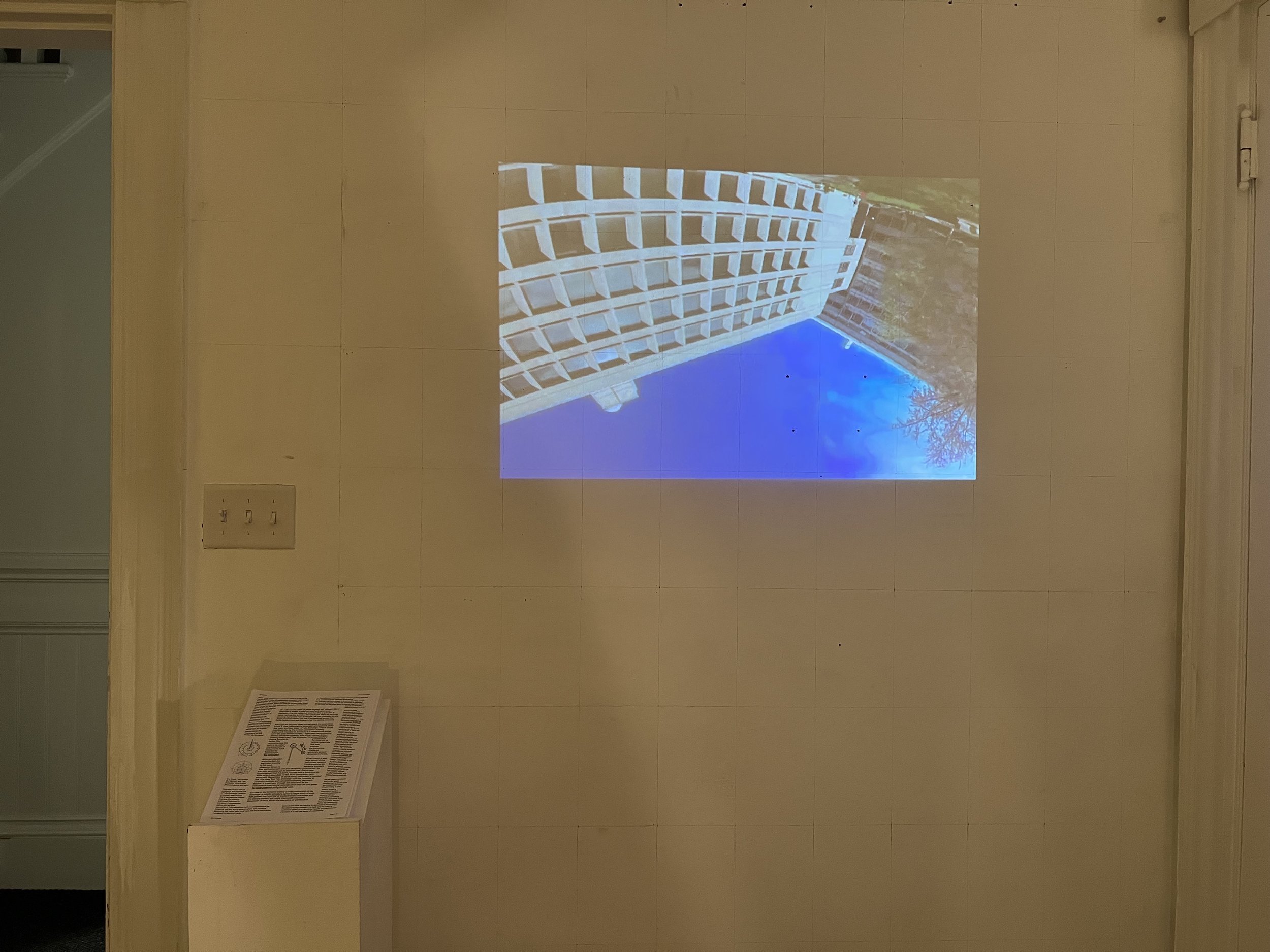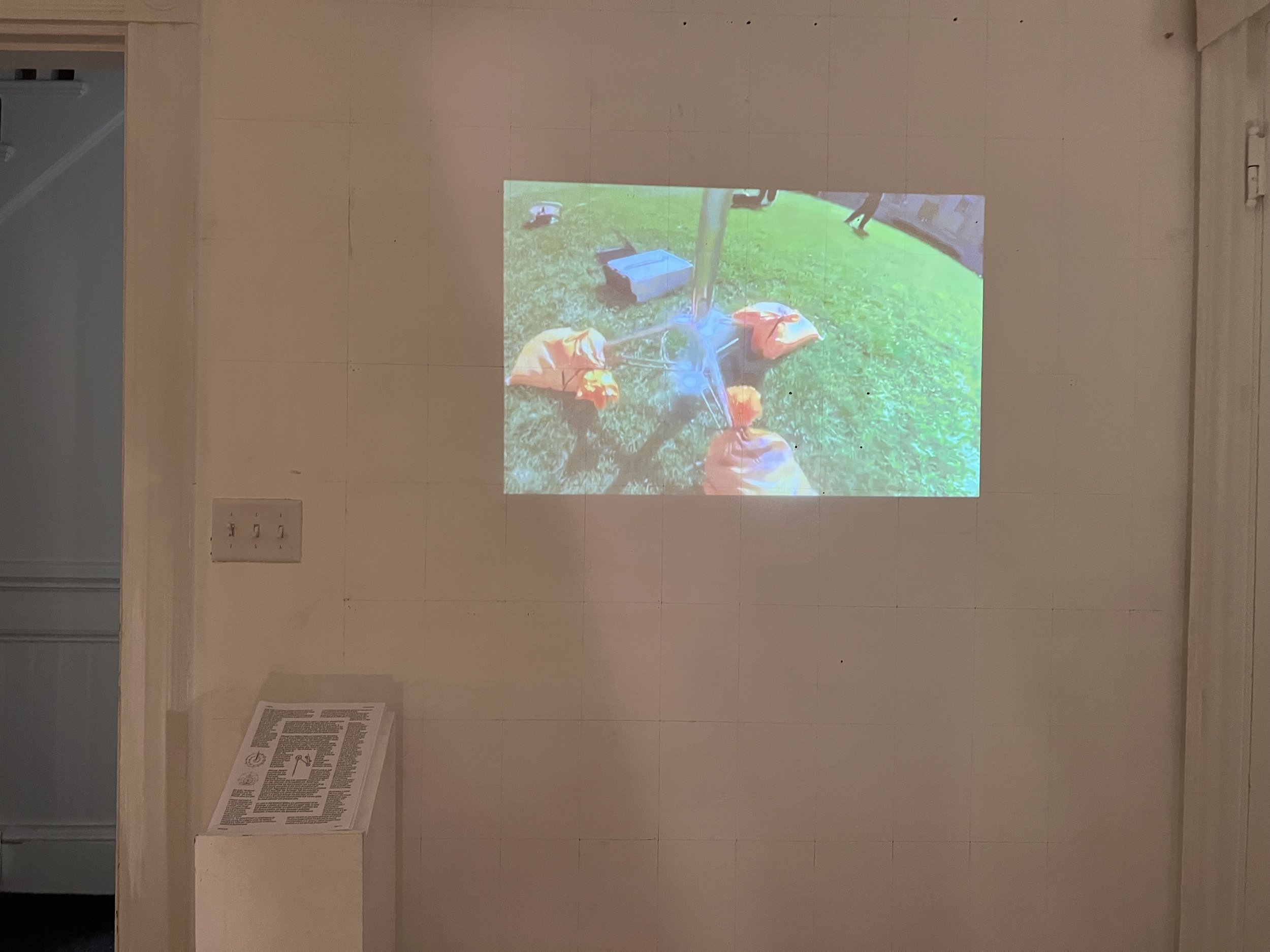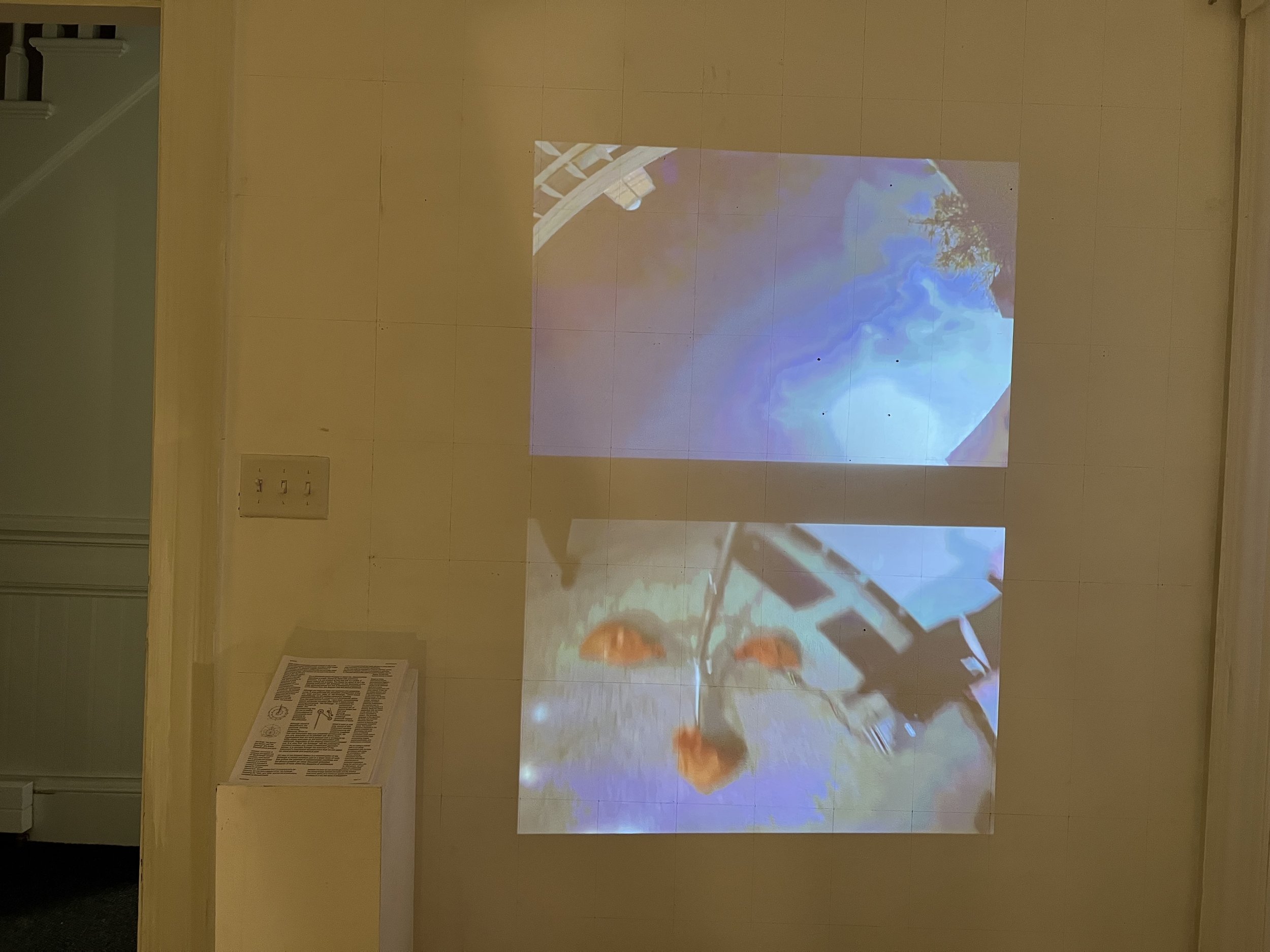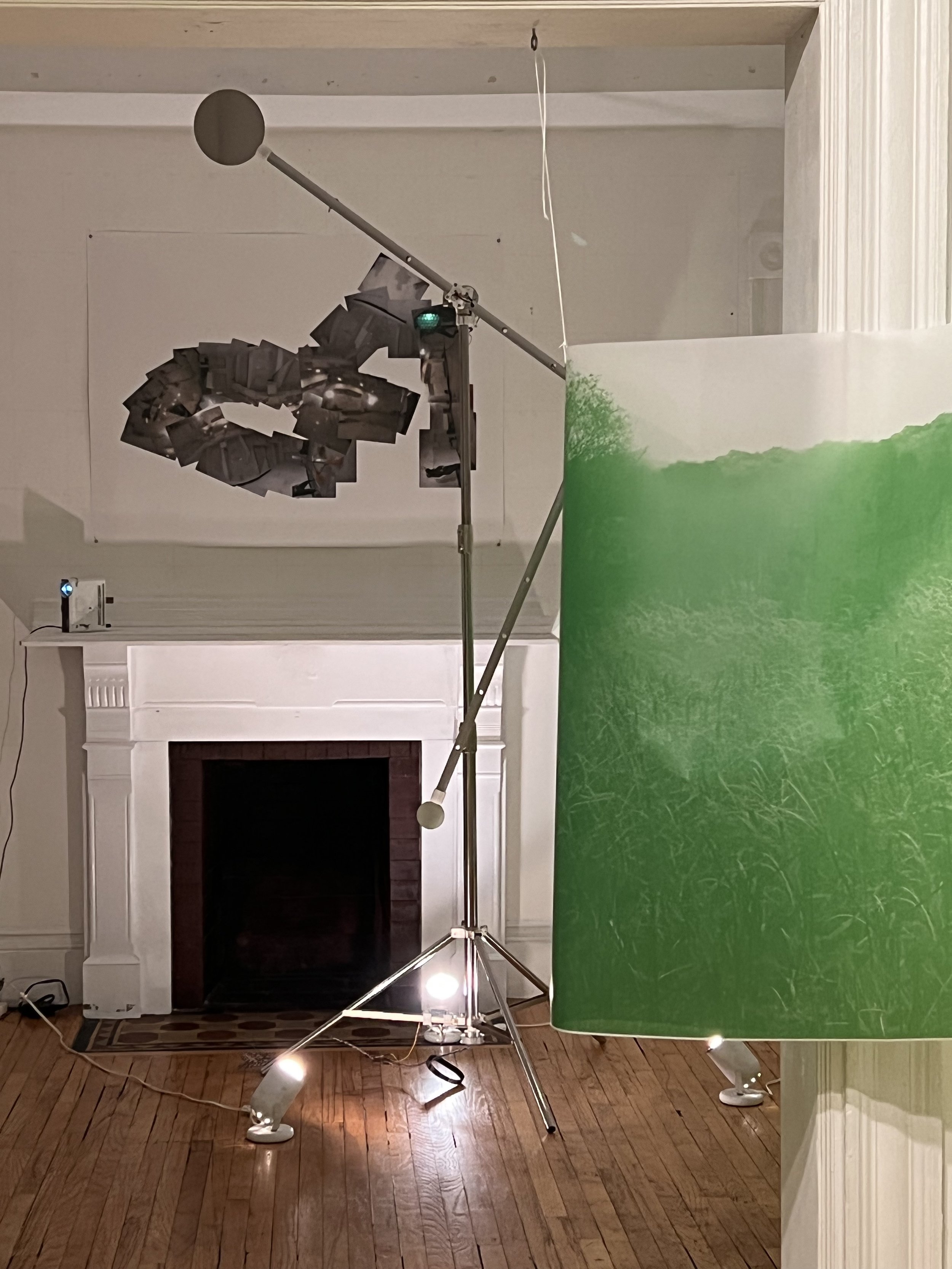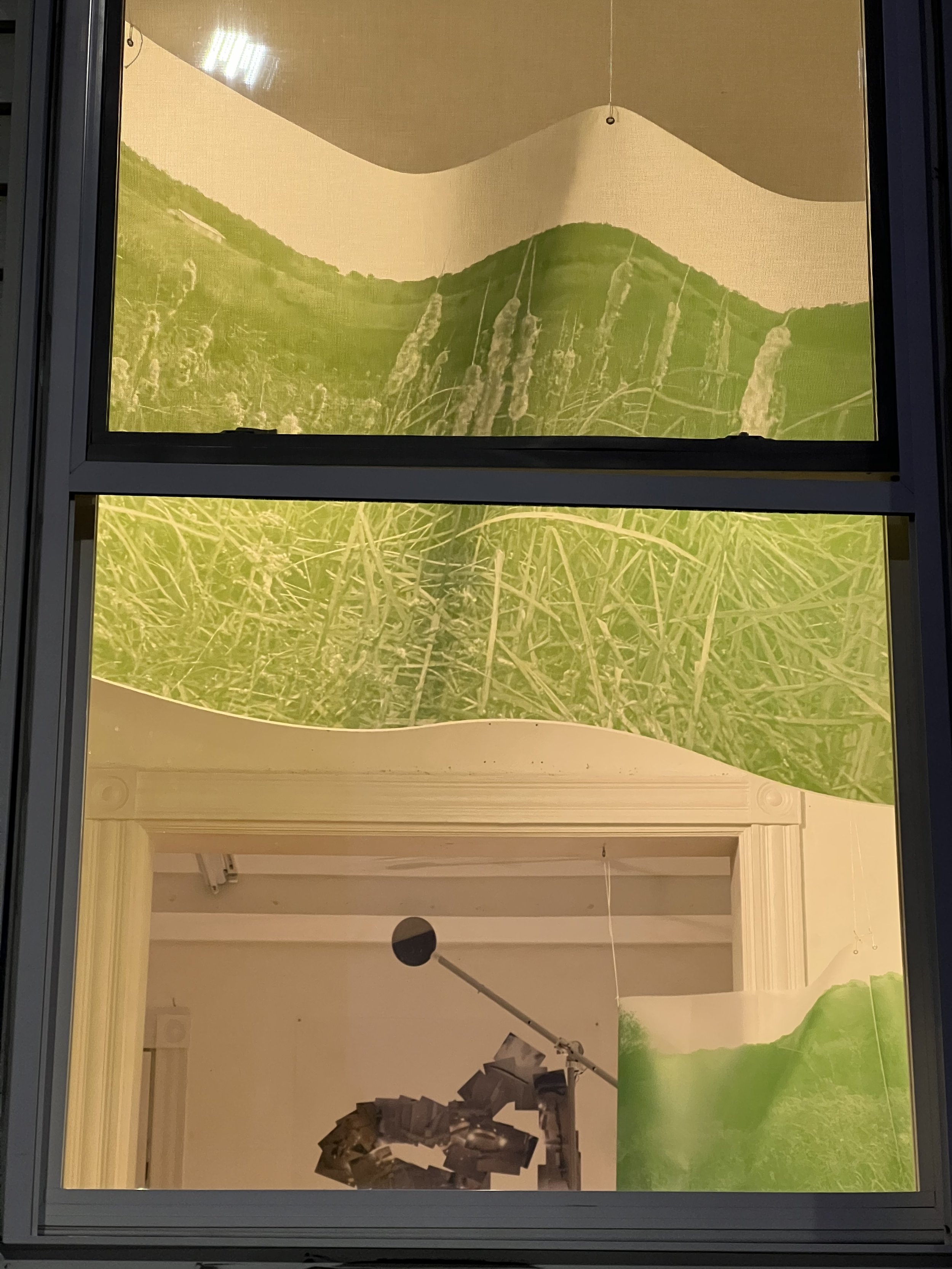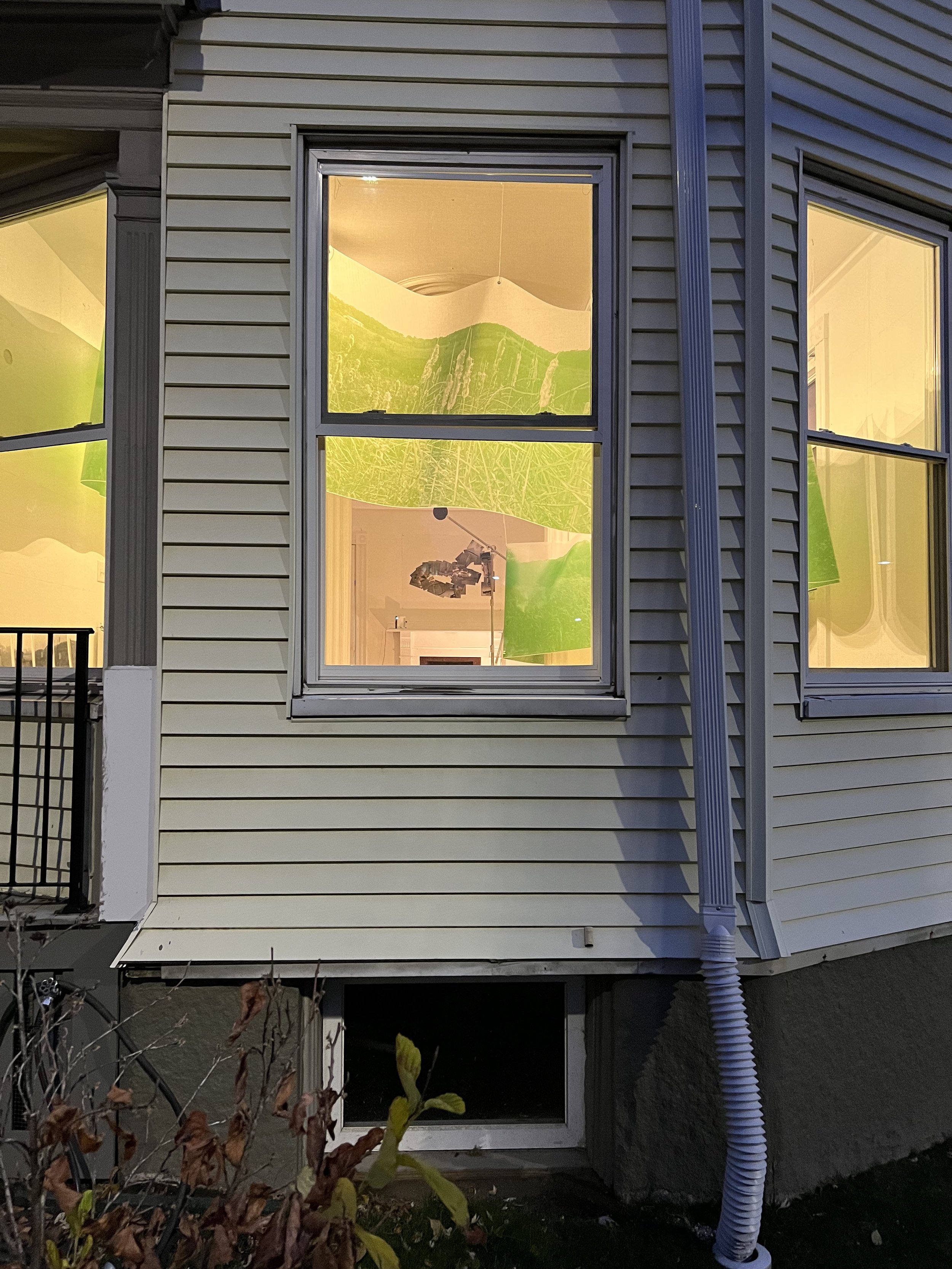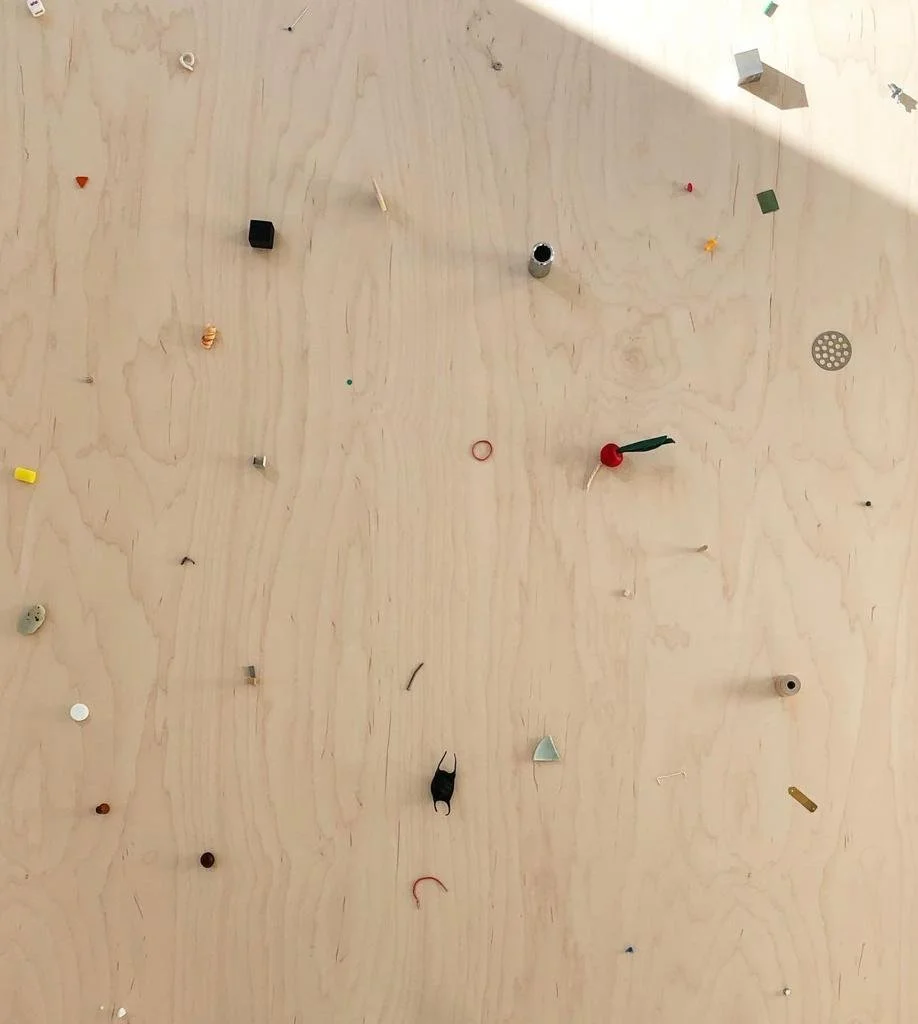2022.12 Operational Doubles
Operational Doubles reimagines the relationship between tools and humans through simulations of movement, the natural environment, or both. Zach’s die Schlange is a mechanical agent with indeterministic motions that replaces the performance of the human body, while Annie and Joe’s Duck Blind uses image and sculptural forms to witness systems of mimicry between ecology and technology in the fourth machine age.
This group exhibition illustrates what Jean Baudrillard would describe as the era of simulation: “[...] no longer a question of imitation, nor duplication, nor even parody, [but] a question of substituting the signs of the real for the real, [...] an operation of deterring every real process via its operational double [...].”
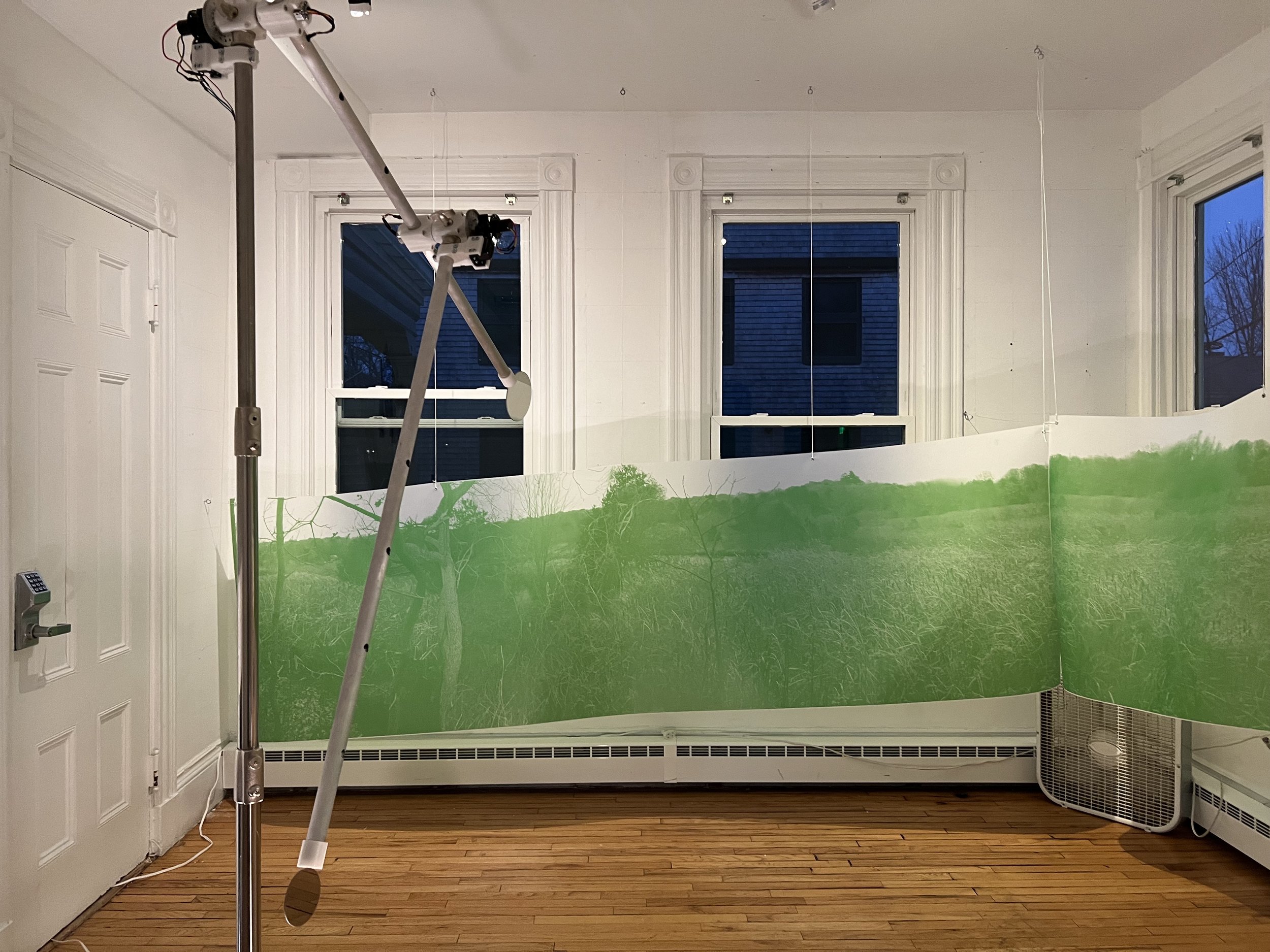
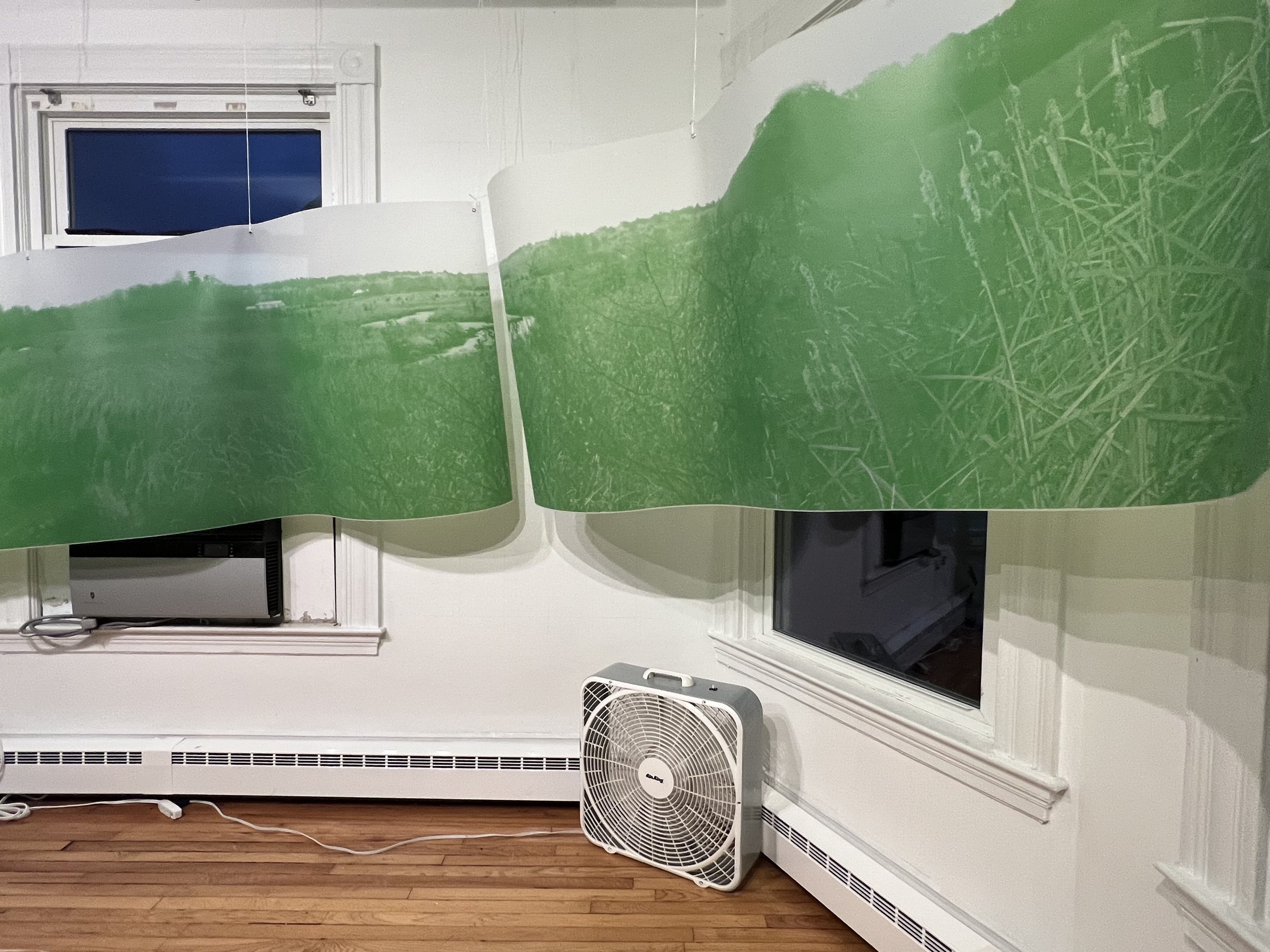
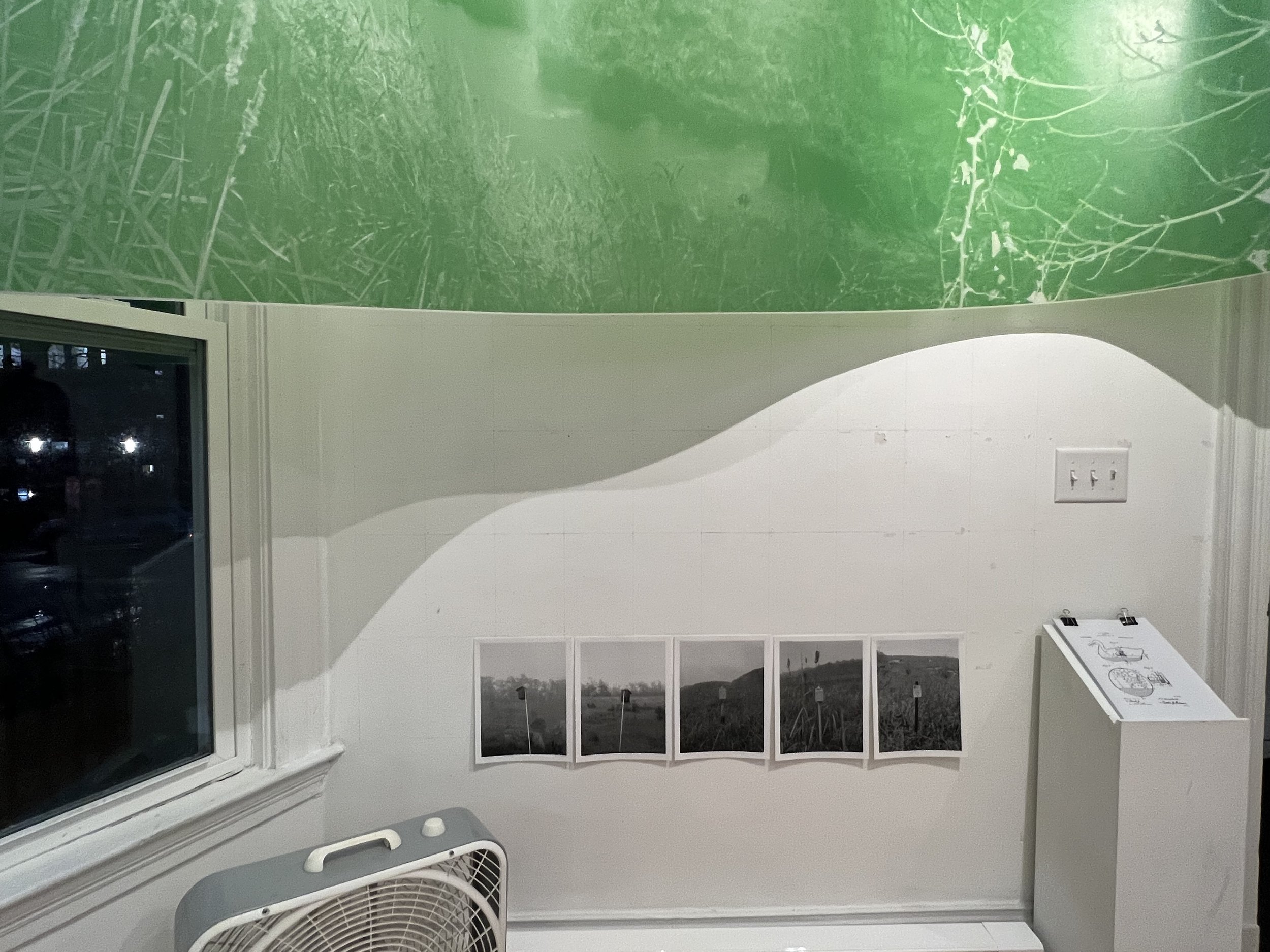
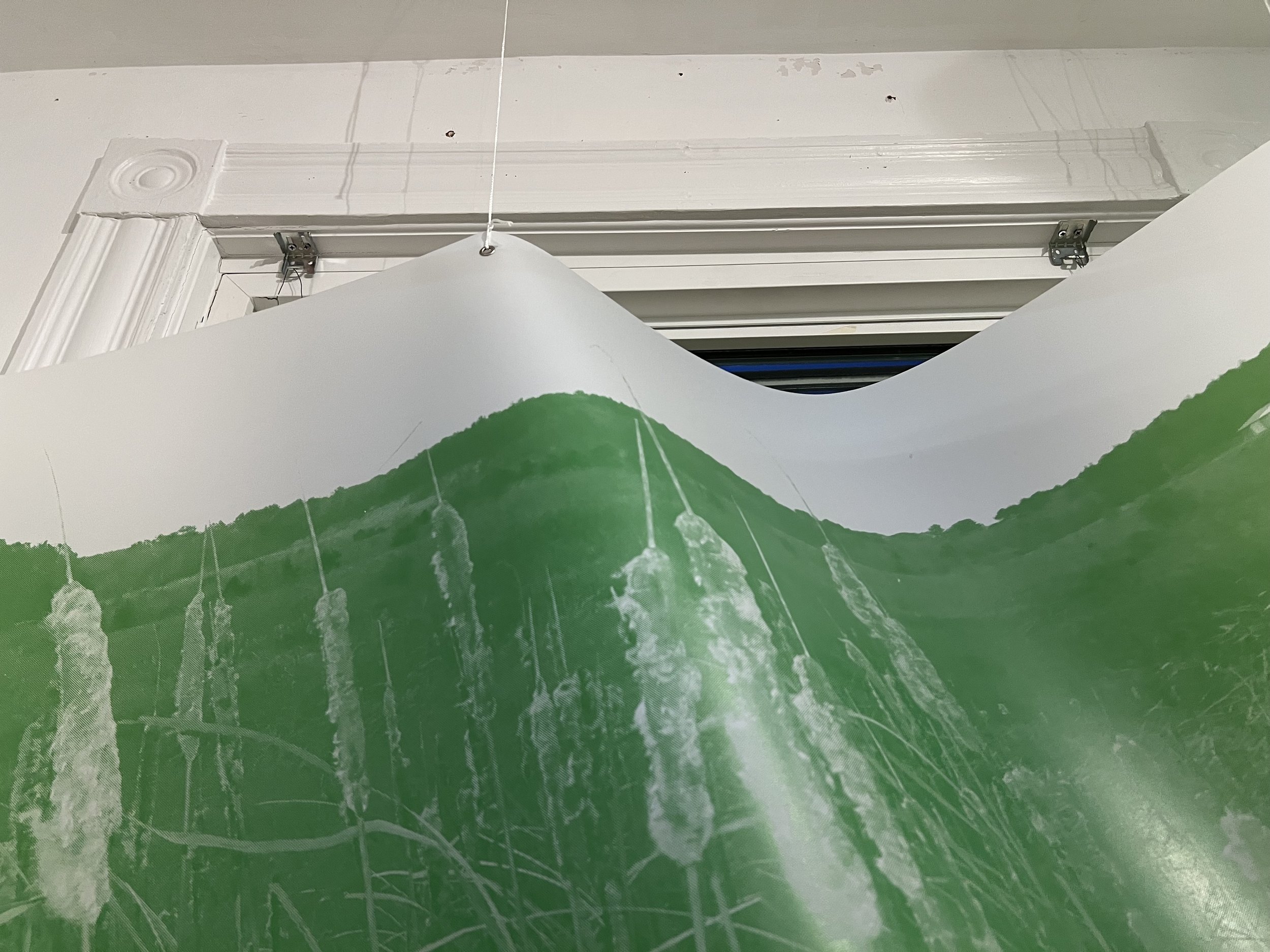
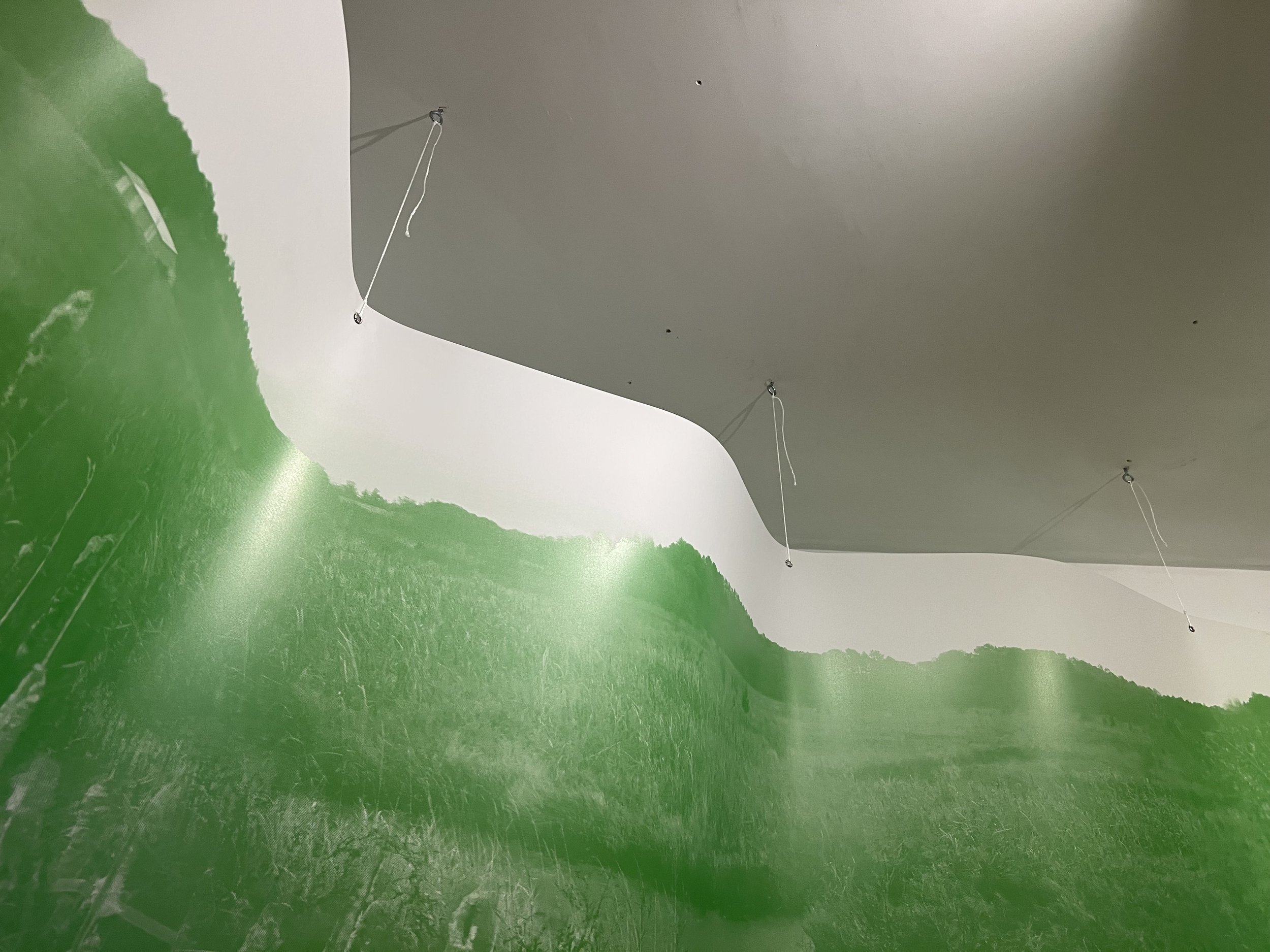
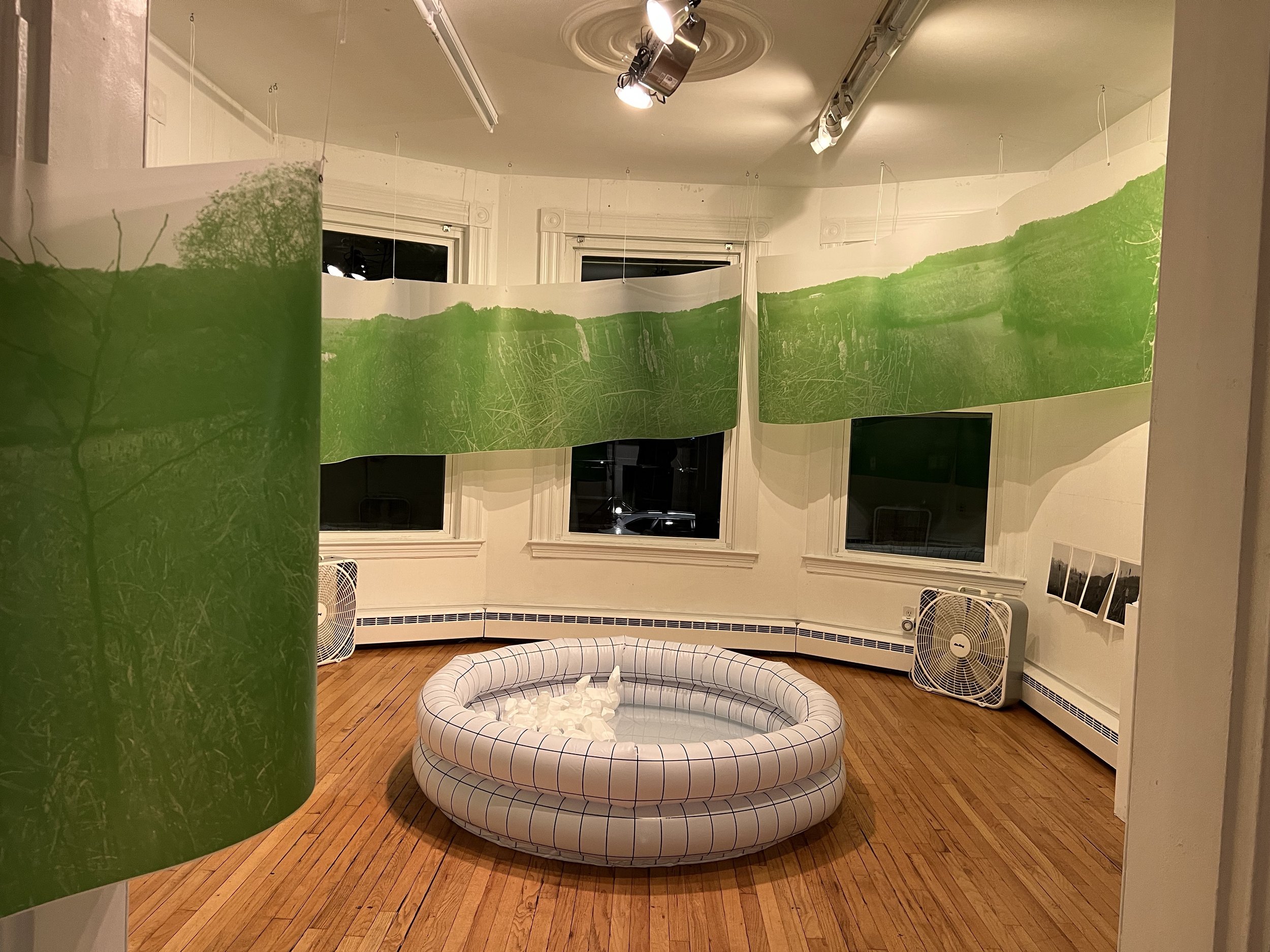
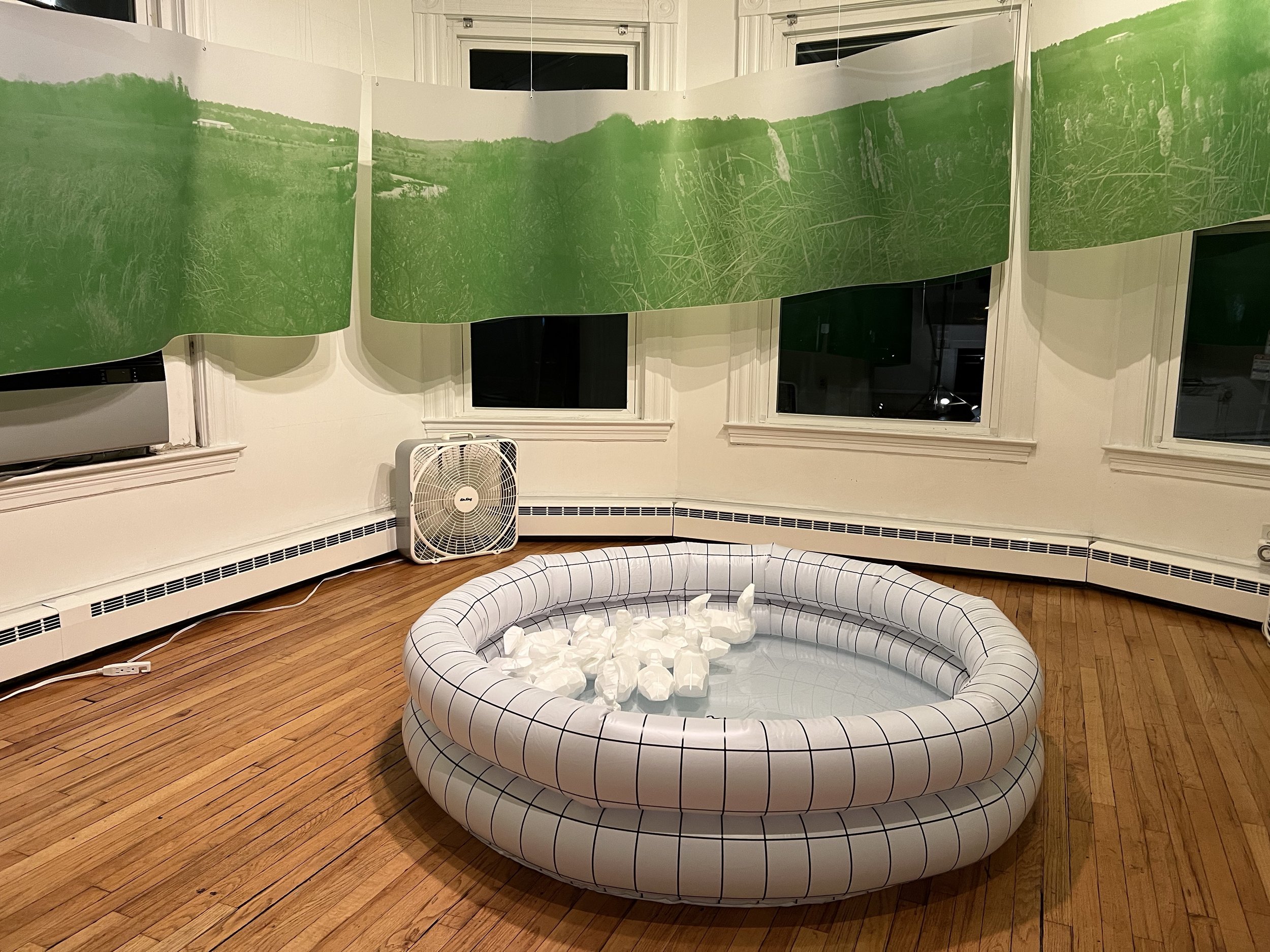
Duck Blind investigates simulated natures that are designed and crafted to appeal to and engage with both human and non-human audiences through an uncanny blend of mechanical abstraction and kitsch realism. A post-documentary installation & archival approach will look towards the aesthetic entanglement of natural systems and manufactured ecologies via duck decoys, simulated waterfowl intended to attract living birds in the wild, and managed wetland habitats, forms of territorial control offering “eco-system services” to offset destructive environmental impacts generated elsewhere. It’s worth noting that the conservation of many wetland habitats that provide shelter for migratory waterfowl are funded largely through fees & taxes paid by those who hunt them. The “duck blind” is a form of vernacular architecture built by hunters to conceal themselves from waterfowl, but read abstractly, it provides a post-human vantage point from which to view uneven systems of concealment, deception, mimicry, and simulation within this paradoxical relationship.
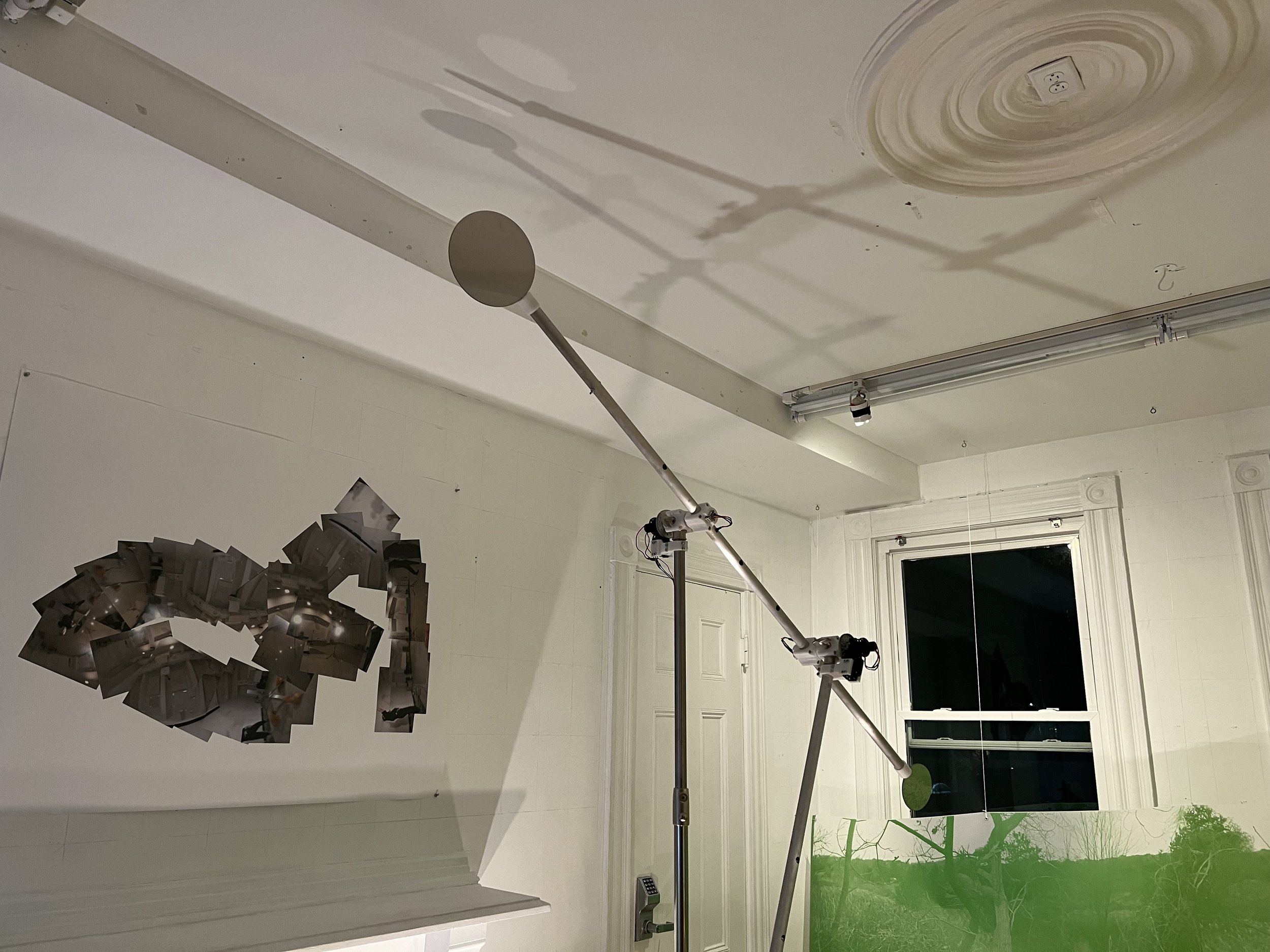

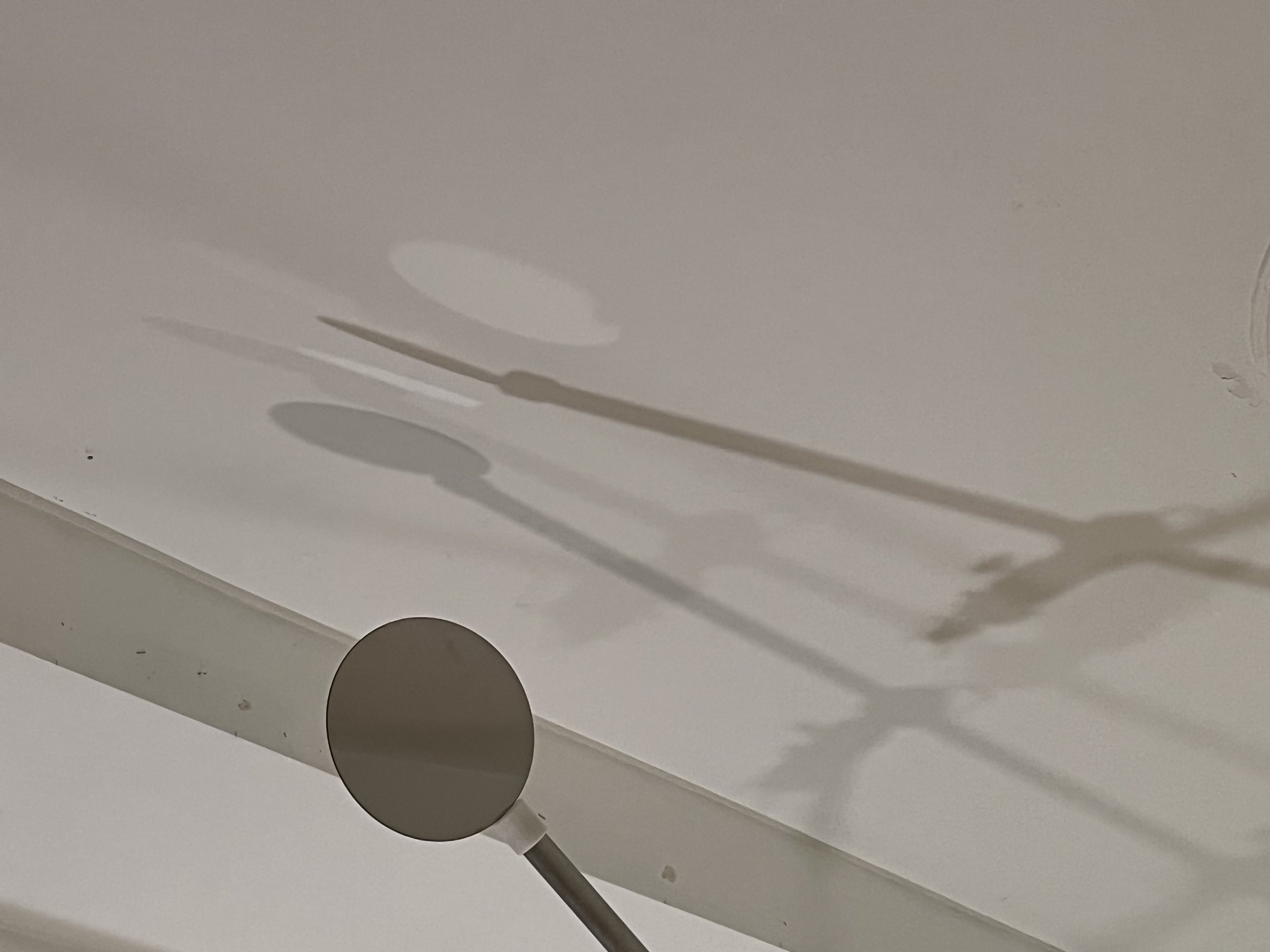
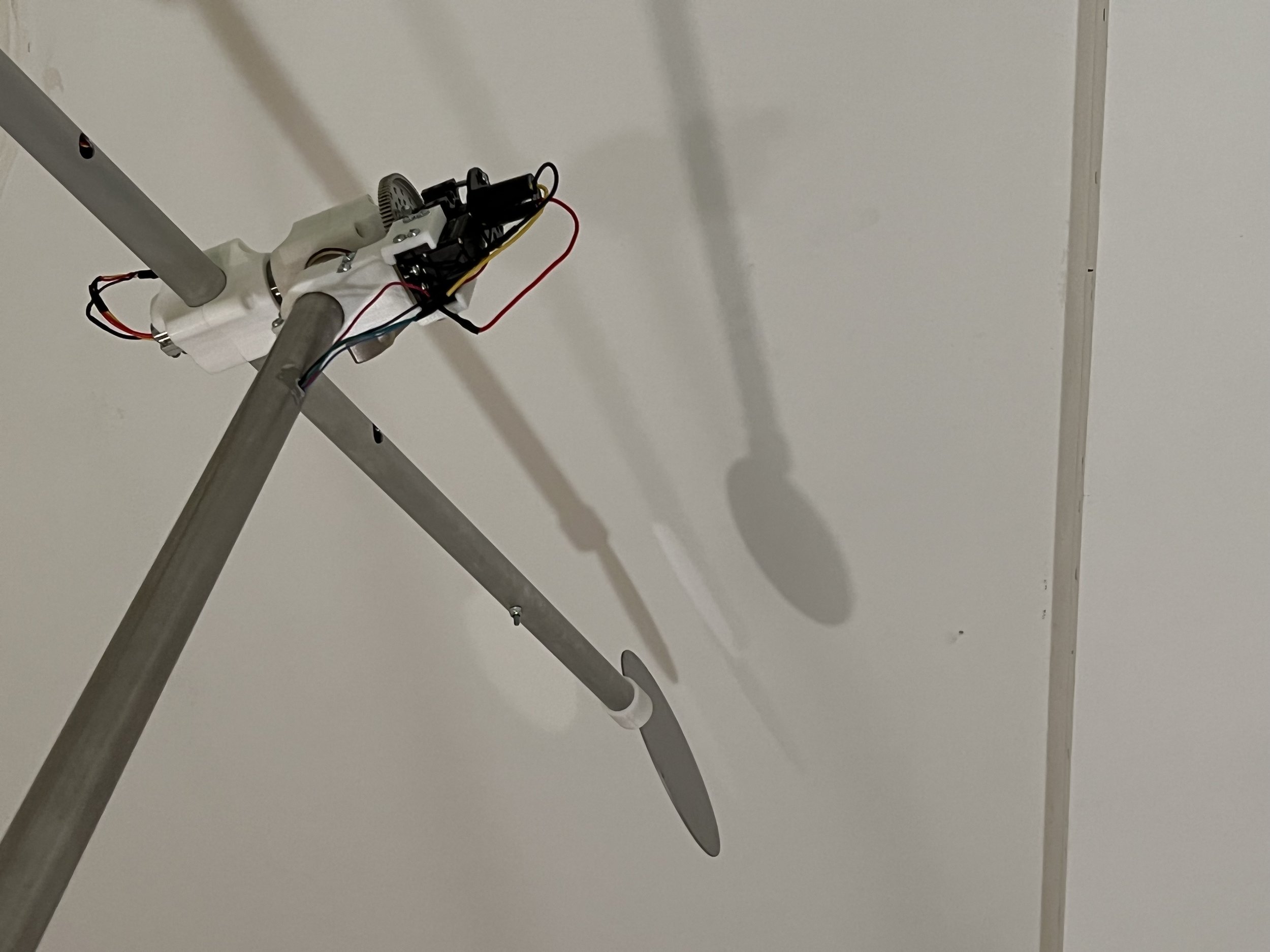
The term simulacra
“By crossing into a space whose curvature is no longer that of the real, nor that of truth, the era of simulation is inaugurated by a liquidation of all referentials - worse: with their artificial resurrection in the systems of signs, a material more malleable than meaning, in that it lends itself to all systems of equivalences, to all binary oppositions, to all combinatory algebra. It is no longer a question of imitation, nor duplication, nor even parody. It is a question of substituting the signs of the real for the real, that is to say of an operation of deterring every real process via its operational double, a programmatic, metastable, perfectly descriptive machine that offers all the signs of the real and shortcircuits all its vicissitudes.”
― Jean Baudrillard, Simulacra and Simulation
Jean Baudrillard defines the term simulacra as follows: “It is no longer a question of imitation, nor duplication, nor even parody. It is a question of substituting the signs of the real for the real, that is to say of an operation of deterring every real process via its operational double, a programmatic, metastable, perfectly descriptive machine that offers all the signs of the real and short circuits all its vicissitudes.”
Annie Simpson is an artist and doctoral student at the Harvard University Graduate School of Design. She works via sight-/site-based investigation across image and text forms to re-conceptualize “the planetary” via paradigmatic shifts within and across spatial scales. She is focused, geographically, on the Southeastern United States and studies how the region plays a vital role in exporting land and labor relations and material practices globally, vis-a-vis the logic of the plantation. Simpson is an ongoing contributor to Port Futures & Social Logistics, a speculative platform interested in port-city-hinterland geographies that connect circulation studies and struggles to planetary urban critique.
Zachary Schumacher is a designer and educator interested in methods of representation. His current research looks toward fabrication and labor practices that may have been initially dismissed by architecture to confront the incongruities between the computationally described object and the constructed surface. He is currently completing his SMarchS degree in Architectural Design at MIT.
Joseph Kennedy (website) is an interdisciplinary designer and creative technologist who works across multiple scales encompassing both natural and built environments. He is a first-year DDes student whose research leverages digital fabrication, tunable material, and applied ecology to participate in the remediation of post-industrial landscapes. He is a graduate of the Media Lab at the Massachusetts Institute of Technology, where he worked in the Mediated Matter group with Neri Oxman to produce bio-fabricated structures exhibited in MoMa, SFMoMA, and the Cooper Hewitt. Joe received his Bachelor of Architecture from Cornell University with a Goodwin Sands thesis prize, the Eidlitz Fellowship, and Cornell Council of the Arts Funds. Additionally, he co-taught a design-build studio at the AHO while completing his Fulbright Fellowship in Oslo. Joe has held teaching positions at UC Berkeley, Woodbury University, and Boston Architectural College. Previously, he has worked for design firms such as Snøhetta in SF, Only If in NYC, and Miniwiz in Taipei as well as in creative roles at NASA JPL in LA, and OPT Industries in Cambridge. Currently, Joe operates a design consulting practice ARAЯA and is a research affiliate in the Tangible Media Group at MIT.


